Description
As you know we create our bourbons with two different mashbills, Mashbill B and Mashbill E. It’s important to keep them in mind, because their respective corn/rye breakdowns play a significant role in the final taste profiles of each recipe. As we’ve talked about in previous recipe features, the second letter of the recipe code (in this case, E) denotes the recipe’s mashbill. The final letter of the code (in this case, Q) refers to the yeast strain.Here’s how Master Distiller Brent Elliott describes the Q yeast strain and how it works in conjunction with E mashbill to create the unique flavor of OESQ:
With light floral aromas of lavender, honeysuckle and rose petals, Q is perhaps the most unique of our five yeast strains. These aroma and flavor compounds are created through fermentation and can be detected as soon as the distillate comes off the still.
With less rye than OBSQ, OESQ gives a slightly sweeter impression. The extra corn in Mashbill E complements the floral notes in the Q yeast strain and creates candied flavors that meld with the caramel and vanilla tones from the barrel as the Bourbon ages.
Now you may be wondering, where can I taste OESQ for myself? Well, as far as our core lineup of products, you’ll only find OESQ included in our classic Four Roses Bourbon. If you’ve been saving some past Limited Edition products for that special occasion, or know someone who has, you can also experience OESQ in our 2011 Limited Edition Small Batch and our 2009 Limited Edition Single Barrel. Or who knows, maybe it will work its way into more Limited Edition bottlings in the future.
We hope you’ve enjoyed learning the finer points of OESQ. If you haven’t yet, we encourage you to take time to review our previous recipe features. Until then, stay tuned for next month when we tell you all about the herbal, minty charms of our (gasp!) tenth and final Bourbon recipe, the inimitable OESF.
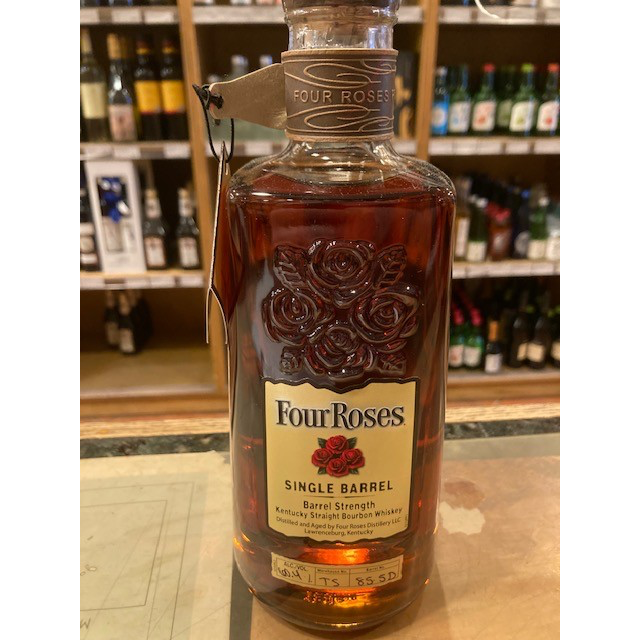
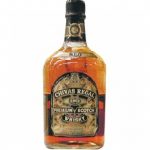
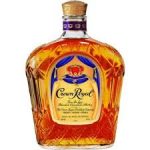
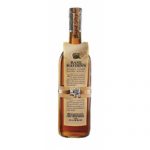
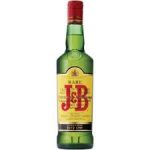

Reviews
There are no reviews yet.